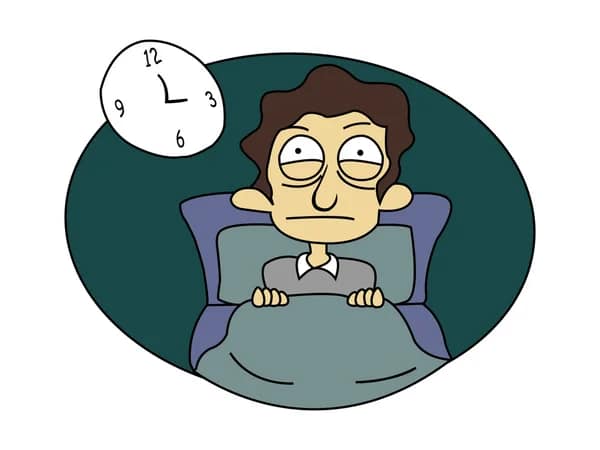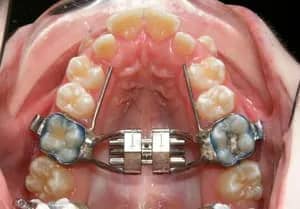sleep apnea and dentist role on management
Sleep dentistry and airway management have become crucial areas of focus for many dental practitioners. Dentists play a vital role in diagnosing and managing sleep-related breathing disorders, such as obstructive sleep apnea (OSA). Here’s an overview of how dentists are involved and the interventions used to improve airway health:

A few things we need to know about sleep apnea vs insomnia
Sleep apnea is a disorder involving repeated interruptions in breathing during sleep, while insomnia is characterized by difficulty falling asleep or staying asleep
definition
1. Definition:Insomnia is a disorder characterized by difficulty falling asleep, staying asleep, or waking up too early and not being able to go back to sleep.
Symptoms:
Difficulty falling asleep at night
Waking up frequently during the night
Waking up too early in the morning
Daytime fatigue or sleepiness
Irritability, depression, or anxiety
Difficulty focusing or concentrating
Risks:
Can lead to reduced quality of life, decreased work performance, and increased risk of accidents if chronic.
Causes:
Primary Insomnia: Not directly associated with any other health condition or problem.
Secondary Insomnia: Can be caused by other health conditions (e.g., depression, anxiety), medications, or substance use (e.g., caffeine, alcohol).
orthodontist role
(specialist in clip treatment and dento facial correction)
Lateral cephalometric (ceph) X-rays to evaluate the airway space
Orthodontists often use lateral cephalometric (ceph) X-rays to evaluate the airway space and diagnose potential sleep-related breathing disorders. These X-rays provide a side view of the head, showing the bones, teeth, jaw, and airway, making them essential for analyzing craniofacial relationships and planning treatments.
analysis
By examining ceph X-rays, orthodontists can identify airway obstructions and measure airway dimensions. They focus on the nasopharyngeal and oropharyngeal regions to spot any narrowing that could contribute to sleep issues. Measurements often include the distance between the posterior pharyngeal wall and the base of the tongue or soft palate. They also analyze skeletal structures like the position of the jaw, which can impact airway size. For example, a receded jaw (retrognathia) or a high mandibular plane angle might indicate a higher risk of airway obstruction.
clinical findings
Orthodontists don’t just rely on X-rays; they also correlate these findings with clinical symptoms. They look for signs such as teeth grinding (bruxism), any abnormal oral habits ,a scalloped tongue, or a high Mallampati score (an assessment of the oropharyngeal space). If patients report symptoms like snoring, mouth breathing, or excessive daytime sleepiness, these combined observations can help diagnose conditions like obstructive sleep apnea (OSA).
treatment plan
Based on the X-ray analysis, orthodontists can plan treatments to improve airway dimensions. This might include expanding the palate, advancing the mandible, or repositioning teeth to create more space for the tongue. If they detect significant airway obstruction, they may refer patients to sleep specialists or ENT (Ear, Nose, and Throat) doctors for further evaluation and management. This collaborative approach ensures comprehensive care for patients with sleep-related breathing
Treatment Options
1. Oral Appliance Therapy (OAT):
- Oral appliances, such as mandibular advancement devices (MADs), are custom-fitted by dentists to reposition the lower jaw and tongue forward, which helps keep the airway open during sleep.
- These devices are often recommended for patients with mild to moderate obstructive sleep apnea or those who are intolerant to Continuous Positive Airway Pressure (CPAP) therapy.

2. Continuous Positive Airway Pressure (CPAP) Alternatives:
- Dentists work in collaboration with sleep specialists to offer CPAP alternatives, particularly for patients who find CPAP devices uncomfortable. Oral appliances can be a more patient-friendly option.
3. Myofunctional Therapy:
- Dentists may recommend myofunctional therapy, which involves exercises to strengthen the muscles of the tongue and orofacial area. This can help reduce airway collapse during sleep.

4. Orthodontic Interventions:
- In children narrow upper jaw , orthodontic treatments such as rapid maxillary expansion (RME) can improve nasal breathing and reduce the risk of developing sleep apnea later in life.
- For adults, orthodontic treatments can help in repositioning teeth and jaws to enhance airway space.

5. Surgical Interventions:
- In certain cases, surgical options may be considered. Dentists and oral surgeons can perform procedures such as genioglossus advancement or maxillomandibular advancement to permanently increase airway size.
Benefits of Dental Interventions
- Non-Invasive and Comfortable: Oral appliances are generally well-tolerated and non-invasive compared to surgical options.
- Improved Compliance: Patients are more likely to adhere to using oral appliances than CPAP devices due to comfort and ease of use.
- Enhanced Quality of Life: Effective management of sleep-related breathing disorders can lead to better sleep quality, reduced daytime sleepiness, and overall improved health outcomes.
Conclusion
Dentists are increasingly recognized as key players in the multidisciplinary approach to diagnosing and managing sleep-related breathing disorders. Through various diagnostic tools and treatment options, dental professionals can significantly contribute to improving airway health and overall patient well-being.
Would you like to know more about any specific aspect of sleep dentistry or need detailed information on a particular intervention?



